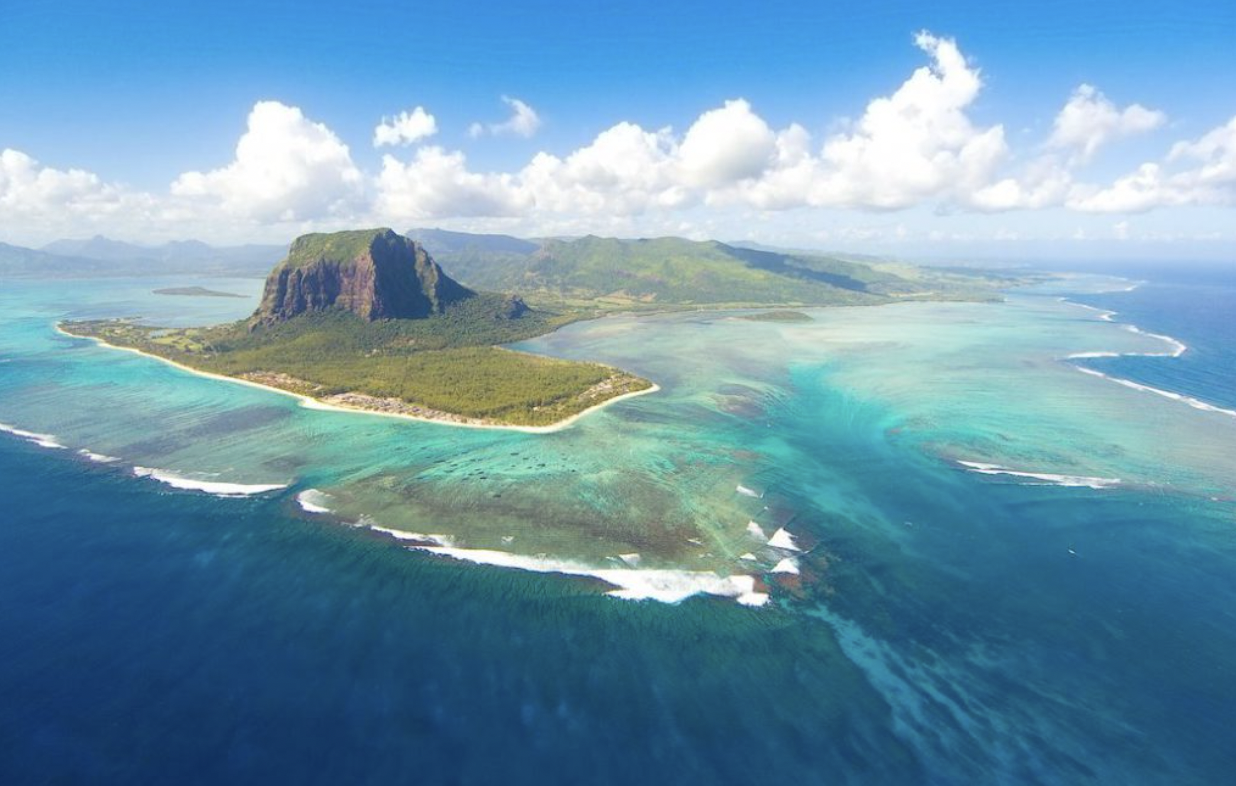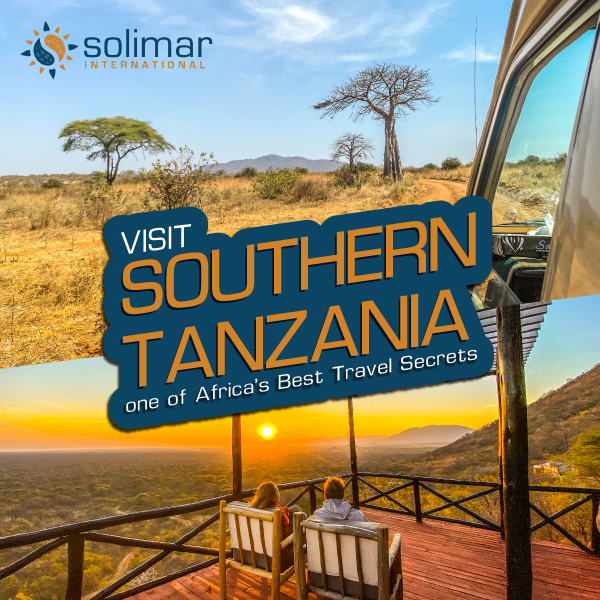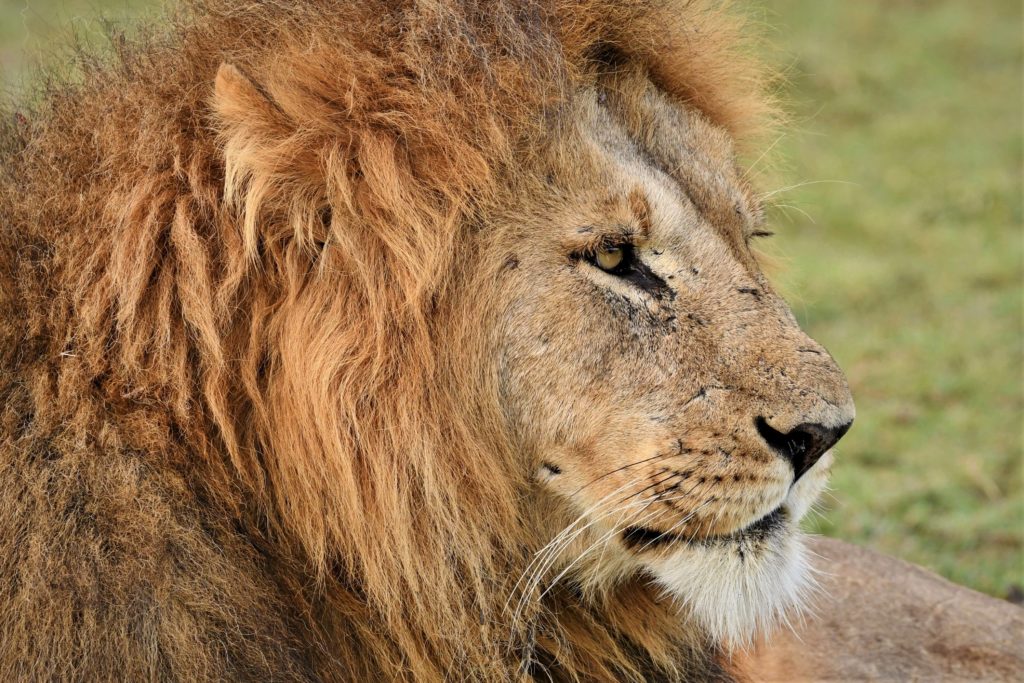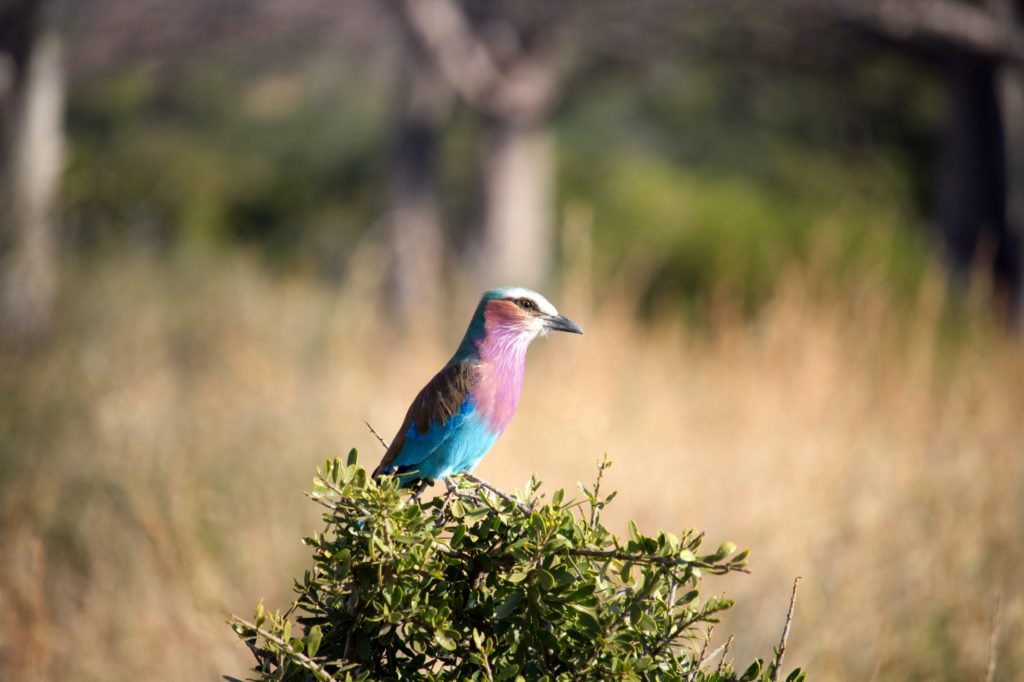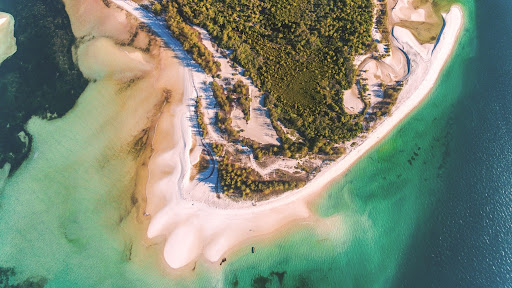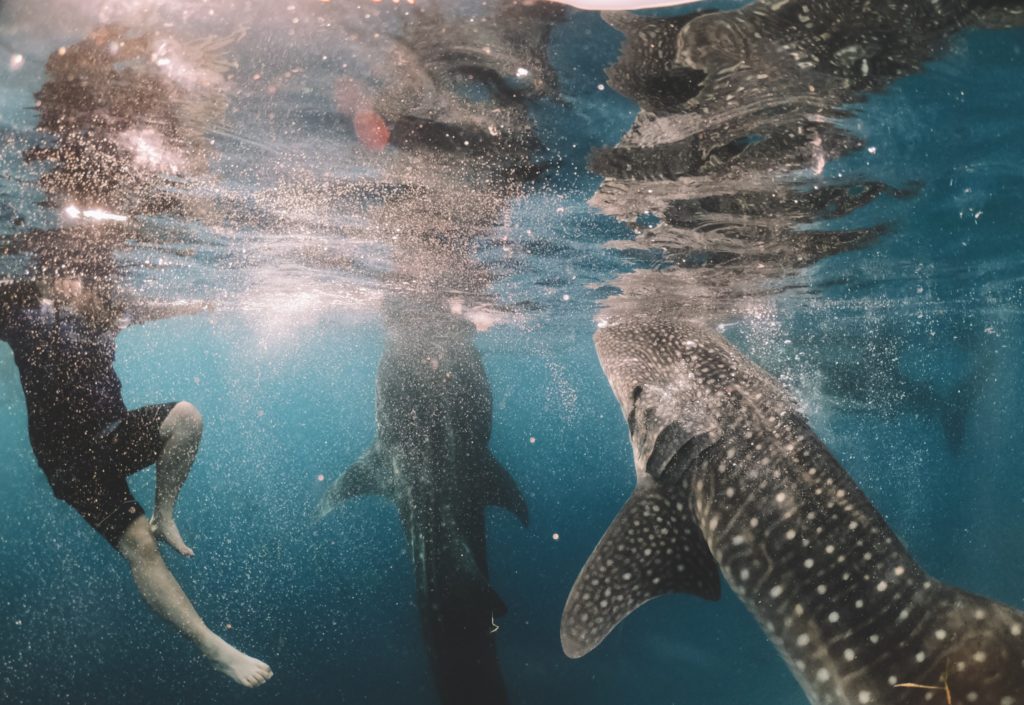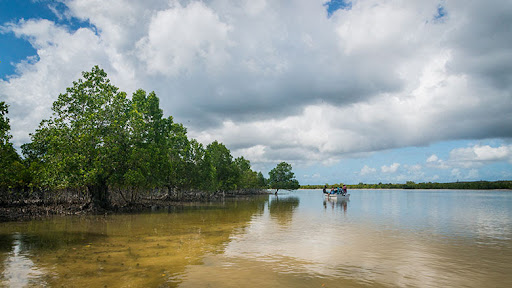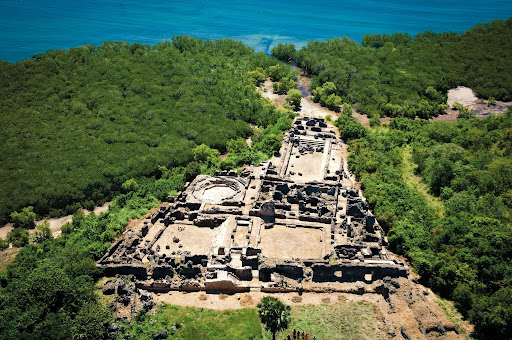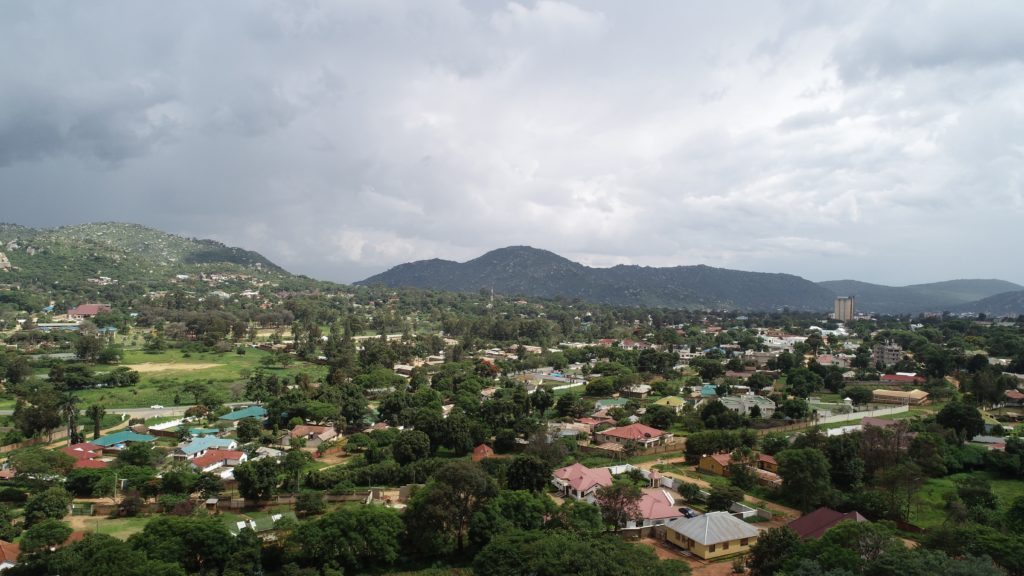What is a National Park?
A national park is defined as any area of land set aside by a government to help preserve the natural environment. National parks can be used for many different things, including recreation and historical and scientific research. National parks fall under the umbrella of the term “protected areas,” which is a broader term encompassing many types of reserved areas such as historical sites, wilderness areas, and more. They do not strictly have to be managed by national governments, and can be managed by regional or local governments as well as NGOs or private entities. There is a vast history of national park management around the world, not just in the US.
The Original National Park: Which One Was First?
Although the National Park movement officially began in the United States in the late 1800s, countries and cultures worldwide had already begun reserving land for many different reasons, such as for religious and recreational purposes. One of the first protected areas on record was the Bogd Khan Uul National Park in Mongolia, established in 1783. The oldest national park in the world title is often misgiven to Yellowstone National Park in Wyoming, which was actually the second official national park, established almost exactly a century later in 1872 following President Ulysses S. Grant’s signing of the National Park Protection Act. This act reserved the land from settlement, occupancy, and sale and required the Secretary of the Interior to create rules and regulations for the park’s care, management, and conservation.
How are National Parks Managed in North America?
The world’s oldest national park service is Parks Canada, established in 1911, which today manages the country’s 48 national parks, 172 historic sites, and 3 national marine conservation areas. At around the same time, Americans started rallying for the creation of a national park service because many of the national parks lacked central, coordinated management. They were managed by the Department of the Interior, which had other duties as well, and they could not give their full attention to these parks. The parks lacked proper management, and rules were loosely followed, which led Americans to campaign for a more reinforced service. Eventually, Congress passed the National Park Service Act in 1916, signed into law by President Woodrow Wilson. Then, in 1933, an executive order transferred 56 national monuments and military sites from the Forest Service and the War Department to the National Park Service. Today, the National Park Service manages over 400 areas, covering more than 84 million acres across all 50 states.
How are National Parks Managed Internationally?
The National Park Service and the Office of International Affairs protect national parks worldwide, not just in the United States. However, the International Union for Conservation of Nature (IUCN) is the main management program for parks internationally. Founded in 1948 and headquartered in Switzerland, the agency was founded to promote conservation and the sustainable use of natural resources. In addition to national park management, the agency also supports scientific research and helps implement national conservation legislation. The IUCN helps to manage and categorize over 6000 national parks globally. On a smaller scale, many countries have their own separate park management programs modeled after the US.
What are the Differences in National Park Management Around the World?
-
National Park Management in Europe
Many European countries have government agencies that manage national parks. These agencies are responsible for conservation, maintenance, and ensuring sustainable tourism. Some of these agencies include the Swedish Environmental Protection Agency and the National Parks and Wildlife Service in Ireland. These parks are also managed under specific European legislation and are led by directives like the Habitat Directive and the Birds Directive, which require countries to create and manage protected areas like national parks.
-
National Park Management in Africa
Some agencies that help manage parks in Africa include the Kenya Wildlife Service (KWS) and South African National Parks (SANParks). Park management in Africa differs greatly from other countries in the sense that much of it is community-organized and supported. Funding mainly comes from NGOs and the private sector. Community members are extremely involved in conservation efforts, as well as park management and maintenance. Additionally, anti-poaching and wildlife protection are hugely important in park management, and rangers are often specialized in these areas to help combat poaching.
-
National Park Management in Asia
Similarly to Africa, community members in many Asian countries are the backbone of national parks. Much of the park is funded through NGOs, international aid, and tourism, and anti-poaching efforts are also critical due to the high value of wildlife products like rhino horns and elephant ivory.
-
National Park Management in South America
Park management in South America differs from other areas due to its extreme biodiversity and threatened areas. Home to the Amazon rainforest, management efforts mainly focus on preserving areas like the Amazon and combating deforestation. Some agencies that help contribute to this are the National System of Protected Areas (SNAP) in Ecuador and the National Parks Administration (APN) in Argentina. There is also a strong indigenous community involvement in park management, and many parks are located in or near indigenous land. Parks often integrate indigenous cultures and traditions into management and conservation strategies.
How do National Parks Contribute to Conservation?
National parks all around the world serve as biodiversity hotspots. They are home to countless different species of plants and animals and serve as sanctuaries for them to live without threats of human interference. They help to maintain population stability and the genetic diversity of endangered species. Parks also help mitigate climate change – forests such as the Amazon rainforest play a huge role in carbon sequestration. These areas also help promote sustainable tourism, which generates revenue for conservation efforts as well as supports local communities and economic growth.
What are Some Examples?
Now, national parks and all of their unique and beautiful features, as well as how Solimar has revolutionized these areas. Let’s dive into some of the world’s most beautiful national parks and their rich histories.
-
Liberia: Sapo National Park
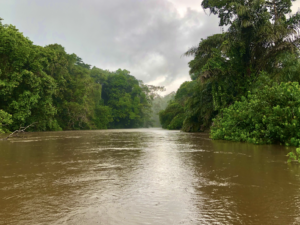
Sapo National Park, Credit: Solimar International by Matt Humke
Liberia is home to some of the world’s most pristine and intact natural rainforests and most endangered species, some notable ones being the pygmy hippo, the pangolin, and chimpanzees. Founded in 1983 with the help of the IUCN and the World Wildlife Fund (WWF), Sapo National Park in Sinoe County was the first national park established in Liberia and it covers nearly 700 square miles of land. It is a biodiversity hotspot, and it has the highest mammal species diversity of any region in the world. Throughout its history, the park has been threatened by illegal logging, hunting, and mining, but it flourishes today and attracts tourists from all around the world.
Solimar has a long history of working with Liberia to help promote sustainability and economic growth. Back in 2022, Solimar had the opportunity to work closely with communities, NGOs, government agencies, and other stakeholders to help define business and development plans for the Forestry Development Authority that are both sustainable and financially feasible. With the revenue gained from the promotion of sustainable tourism, Solimar and these communities have put this money towards protecting and managing environmentally sensitive areas such as Sapo National Park. Currently, the Solimar team is working on helping grow small sustainable businesses all across Liberia, one of them being Sapo Eco Lodge, a beautiful eco-resort located in Sapo National Park.
-
Sierra Leone: Outamba-Kilimi National Park

Outamba-Kilimi National Park in Sierra Leone, Credit: Solimar International
Outamba-Kilimi National Park is located on Sierra Leone’s northwest border near the Republic of Guinea. The park is divided into two areas: Outamba and Kilimi. In 1974, it was designated a game reserve, but in 1995, it was designated a national park.
The park is also home to some of the most endangered species on the planet, including chimpanzees, monkeys, elephants, warthogs, and more. Visitors can camp for just the day or for longer periods of time.
This year, the Government of Sierra Leone asked Solimar to develop an official Wildlife Tourism Policy. Solimar plans to create a sustainable wildlife policy while also promoting wildlife tourism development to enhance the visitor experience and support local economic growth.
3. Republic of Congo: Conkouati-Douli National Park

Conkouati-Douli National Park, Credit: Solimar International
The Republic of Congo is home to an astounding array of national parks, one of the most famous being Conkouati-Douli National Park, located along the northwestern coast region near Nzambi. The park was established by a presidential decree in 1999. Today, it is managed by the Ministry of Forest Economy and Sustainable Development (MEFDD) and the NGO Noé, a nonprofit conservation organization created in 2001. The park originally covered over 300,000 hectares but was reduced to 144,000 due to a legal provision in 1989.
The park is home to many iconic Congolian faunal species, including elephants, gorillas, buffalos, leopards, chimpanzees, and more. It is also a priority site for the IUCN great ape conservation action plan and a Ramsar site for its importance for migratory and wetland birds.
In 2023, Solimar created an ecotourism management plan for this park to help develop ways to protect and regenerate biodiversity and create sustainable livelihoods and incentives for conservation in communities living near this park. The park faces many threats, such as deforestation, illegal wildlife trade, and climate change, and Solimar’s plan aims to address these issues head-on through secondary research, field visits, and stakeholder consultations. The plan has been fully drafted and is ready for implementation.
4. Mauritius: Blue Bay Marine Park
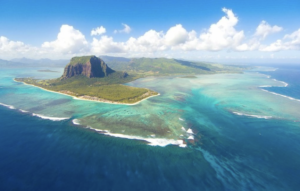
Blue Bay Marine Park, Credit: Solimar International
The Blue Bay Marine Park in Mauritius is a beautiful marine reserve in the southeast region of the island. It was declared a national park in 1997 and granted marine park status under the Mauritian Fisheries and Marine Resources Act in 2000. Then, in 2008, the park was designated as a “Wetland of International Importance” at the Ramsar Convention. The park is renowned for its vast coral gardens and diverse range of tropical fish species.
The Solimar team has worked with Mauritius in the past, mainly helping to improve management and conservation practices across the entire country, specifically the Balaclava and Blue Bay Marine Parks area. With an increase in tourism over the years as well as the environmental sensitivity of these areas, the parks have seen a drastic increase in environmental degradation. Solimar has concentrated its efforts in a number of different strategies to help reduce degradation, such as by conducting workshops to gather information on environmental threats, conducting field surveys, providing technical training in sustainable tourism management practices, and much more.
5. Ecuador: Machalilla National Park
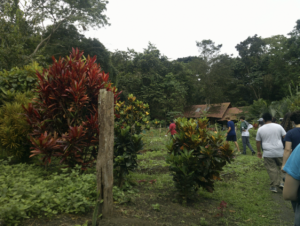
Machalilla National Park, Credit: Rio Muchacho EcoLodge by Lucy Longwell
Machalilla National Park, located in the province of Manabí along the Pacific Coast, was founded in 1979 by the Ecuadorian Government to protect and preserve the natural wildlife that exists there. It was one of the country’s first protected areas and is now one of 11 national parks all across the country. In 1990, the park was named an internationally important wetland under the Ramsar Convention in Switzerland.
Some notable features of the park include native armadillos, two species of monkeys, and nearly 300 different species of birds. The park also covers regions of the Pacific Ocean and is home to breeding grounds for humpback whales. However, over the years, the park has been threatened by several factors, including poaching and deforestation. In 1991, the Nature Conservancy and the United States Agency for International Development (USAID) began contributing funds for conservation as part of the Parks in Peril (PIP) program, with much of these funds going towards supporting parks all across Latin America, Machalilla being one of them. These programs have been relatively successful, and today, the Nature Conservancy continues to work with Ecuador and has helped address many of the countries’ threats, including addressing freshwater pollution by creating the First Water Fund and in recent years has also worked with local communities to help protect mangrove forests, a keystone species in the country.
Back in 2008, Solimar realized the decline in the quality of Ecuador’s natural attractions. Many rural community settlements lie within borders of protected areas, and the country’s natural resources are often misused. Solimar decided to step in and assist with the development of a more sustainable tourism program. The team worked with the Ecuador Sustainable Tourism Alliance (AETS) to spur public-private collaboration and helped maximize tourism’s contribution to natural and cultural conservation. They accomplished this through education and the development of new tourism opportunities. Although this project received many positive results, one of the most notable was the development of a UNEP Green Passport to promote protected areas while also educating travelers on how to travel responsibly.
What Is the Future of National Park Management?
Today, national parks can be found worldwide, covering over 15% of the Earth’s land surface and 7.4% of its oceans. With the climate crisis becoming more and more urgent every day and the challenge of overpopulation, our world’s national parks are at a huge risk. Globally, parks are predicted to have summers that are up to 10 degrees hotter by 2100. Snowy mountaintops will cease to exist, and grasslands will become extremely dry and at high fire risk.
Although these facts are alarming, park management programs all around the world have hastily been working to plan for these climate changes by using new tools and technologies designed by the US Forest Service and NASA satellite data. In addition, the National Park Service is working with the Department of the Interior to expand upon existing partnerships, such as those with other bureaus and non-governmental stakeholders. The NPS has moved forward in developing emission inventories for national parks globally, primarily using renewable energy for maintaining parks, and using climate action planning methods for each individual park to identify key goals that each park aims to accomplish. However, most importantly, increasing communication and building relationships with other national park management agencies across the world will help unite changemakers under a single mission – to combat climate change and protect natural resources.
